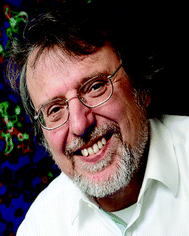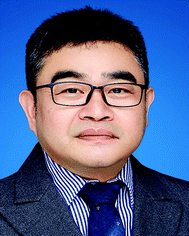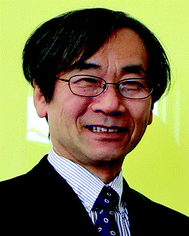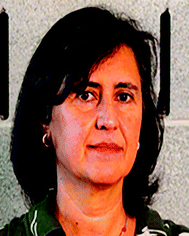Introduction to bioinspired surfaces engineering for biomaterials
G. Julius
Vancso
a,
Jian
Ji
b,
Kazuhiko
Ishihara
c,
M. Cristina L.
Martins
de and
Shaoyi
Jiang
f
aMeinig School of Biomedical Engineering, Cornell University, Ithaca, New York, USA
bDepartment of Polymer Science and Engineering, Zhejiang University, 310027, Hangzhou, China
cDepartment of Materials Engineering, The University of Tokyo, Tokyo, Japan
di3S – Instituto de Investigação e Inovação em Saúde, Universidade do Porto, Portugal
eINEB – Instituto de Engenharia Biomédica, Universidade do Porto, Portugal
fUniversity of Twente, Faculty of Science and Technology and MESA+ Institute for Nanotechnology, Enschede, Netherlands
Although huge success has been achieved with biomaterials in the promotion of human health, there remain many challenges in biomaterials research and applications. For instance, most synthetic materials used in medical devices elicit non-specific responses from biological systems upon implantation, which further trigger a series of unwanted reactions, including thrombi, inflammation, foreign body reactions, etc. The most straightforward strategy to solve the problem could be the surface engineering of biomaterials with new functionalities to achieve better clinical performance.
Understanding the sophisticated functionalities offered by objects and processes presented in nature will guide the design of materials with desirable properties to meet challenging applications. Zwitterionic and other bioinspired materials, mimicking biological structures and functions at different levels (e.g., cell membranes, proteins, tissues, etc.) have shown great potential in the surface engineering of biomaterials for applications such as diagnostic, drug delivery, and tissue regeneration.
Poly(2-methacryloyloxyethyl phosphorylcholine) (PMPC) is a representative example of a zwitterionic bioinspired material, mimicking the lipid membranes on the outer surface of cells. PMPC has been found to have many merits due to its biomimicking zwitterionic structure, especially superior hemocompatibility and biocompatibility. Till now, PMPC based coatings have been successfully applied on many clinically approved medical devices, including extracorporeal membrane oxygenation (ECMO), ventricular assist devices and endovascular stents.1 Zwitterionic poly(carboxybetaine) (PCB) is another representative material, which was inspired by glycine betaine, an osmoprotectant widely present in biological systems. Due to its superhydrophilicity, the PCB surface forms a strong hydration layer that prevents non-specific adsorption from proteins. This so-called ultralow fouling property makes PCB a promising biomaterial for a wide range of applications.
Layer-by-layer (LbL) assembly technology was introduced by Decher and Lvov in the early 1990s, and has been extensively studied to mimic the extracellular matrix (ECM) for the purpose of creating a biomimetic cellular microenvironment. Due to its flexibility and multipotency, LbL shows great potential to mimic not only the biochemical, topological, and mechanical properties of the ECM, but also the highly dynamic assembly that is constantly undergoing remodeling in response to various stimuli, particularly during cell development and tissue healing regeneration. The field has moved from simple mimicking to the active control of various cellular behaviors.2
In this context, it is pertinent to compile this themed collection focused on the recent rapid development in bioinspired surface engineering of biomaterials. This themed collection of Journal of Materials Chemistry B aims to cover the recent progress on zwitterionic materials specifically and other bioinspired biomaterials more broadly, including the synthesis, fabrication, properties, and applications of materials and surfaces related to biology and medicine.
References
- K. Ishihara, Revolutionary advances in 2-methacryloyloxyethyl phosphorylcholine polymers as biomaterials, J. Biomed. Mater. Res., 2019, 105A, 933–943 Search PubMed.
- K.-f. Ren, M. Hu, H. Zhang, B.-c. Li, W.-x. Lei, J.-y. Chen, H. Chang, L.-m. Wang and J. Ji, Layer-by-layer assembly as a robust method to construct extracellular matrix mimic surfaces to modulate cell behavior, Prog. Polym. Sci., 2019, 92, 1–34 Search PubMed.
| This journal is © The Royal Society of Chemistry 2022 |





